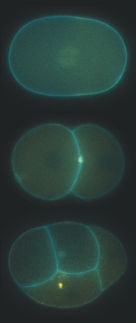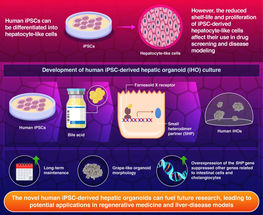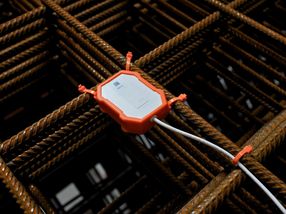Scientists discover novel role for self-recycling process in the brain
Proteins classically associated with autophagy regulate the speed of intracellular transport
Scientists from the laboratory of Dr. Natalia Kononenko at the CECAD Center of Excellence in Aging Research at the University of Cologne have found out that autophagy – the process of cellular self-recycling, or waste clearance – is dispensable for the survival of the neurons in mice. The new findings suggest that autophagy in fact also fulfils a different important function: The proteins classically associated with waste clearance in cells regulate the speed of intracellular transport. This transport is achieved by microscopic hollow tubes, so-called microtubules.
Autophagy cleans the cells by breaking down and removing the damaged proteins and organelles, cell areas with a specific function. It is hardly surprising that this process is particularly important for long-lived cells such as neurons, since neurons are no longer capable of cell division (‘post-mitotic’) and are therefore particularly vulnerable to accumulating unfavorable proteins and damaged organelles. In their new study, the scientists show that neurons in the mouse brain do not need autophagy to survive. Instead, these specialized cells use autophagy proteins to regulate the microtubule-dependent transport of molecules crucial for learning and memory.
The fact that autophagy is crucial for the well-being of the brain is supported by scientific discoveries made over the last decade. Many studies have identified defective autophagy as one of the pathological causes of neurodegenerative diseases, including Alzheimer’s (AD), Parkinson’s and Huntington’s disease. In this context, the novel function of autophagy the scientists discovered suggests that the therapeutic modulations of autophagy activity in patients might not only promote the waste clearance in the brain, but also alter the cognitive abilities by changing the efficiency of the intracellular transportation system.
Original publication
Most read news

Get the life science industry in your inbox
By submitting this form you agree that LUMITOS AG will send you the newsletter(s) selected above by email. Your data will not be passed on to third parties. Your data will be stored and processed in accordance with our data protection regulations. LUMITOS may contact you by email for the purpose of advertising or market and opinion surveys. You can revoke your consent at any time without giving reasons to LUMITOS AG, Ernst-Augustin-Str. 2, 12489 Berlin, Germany or by e-mail at revoke@lumitos.com with effect for the future. In addition, each email contains a link to unsubscribe from the corresponding newsletter.






















































